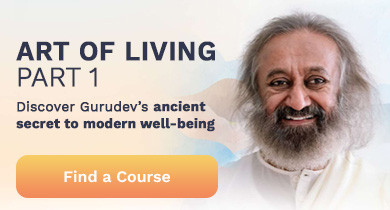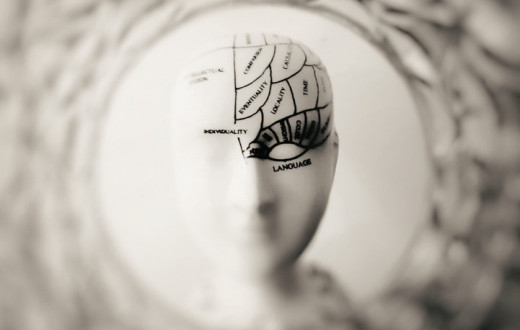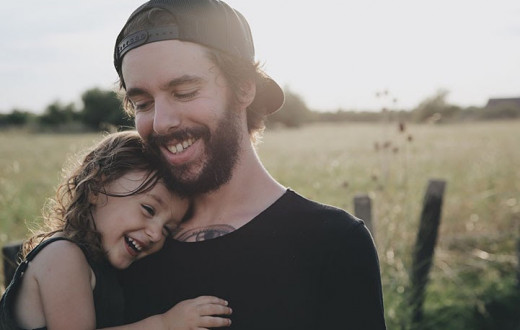By Krystal Childrey| Posted: June 03, 2020
When you think of yoga, what pops into your mind? For most of us, it’s the physical aspect—the poses that build up our physical strength and allow for flexibility. And with the rise of yoga influencers on social media, we’re even more likely to believe that the goal of yoga is to perfect these challenging poses.
But what is the real intention of yoga?
Although the Western world seems to associate yoga with this physical practice, the main goal of yoga is to bring one’s attention inward—to discover one’s true self. The physical poses are just one small piece of the puzzle. While they allow us to move towards a state of higher consciousness and self-realization, the poses cannot be practiced alone.
When practicing yoga as it is intended, we are more mindful of how we interact with ourselves and the outside world. We become dedicated to conscious breathing and meditation as a way to heal our mind and body.
We begin to see the world as it truly is, rather than through a cloudy lens. And we learn that everything we need to maintain a sense of calm already exists inside of us. We’ve just been too distracted by external factors to realize it.
If we truly want to reap the benefits of yoga, our goal should be to cultivate a mindfulness approach, rather than just viewing yoga as a physical practice. But how can we foster this personal growth? How can we experience more peace and joy through our yoga practice?
Focus on sensations rather than perfection
As you’re guided through a yoga practice, you’ll typically notice your gaze shifting to the yoga teacher or other students in the class. We attempt to mimic their movement through each pose. While this act can seem harmless, it often causes us to lose sight of the true intentions of yoga.
We start to compare our bodies to the bodies of others. We wonder why the pose isn’t as easy and effortless for us. We wonder if we will ever develop the same level of flexibility. All of these thoughts lead us to become disconnected from the present moment. We become fixated on perfection, which can lead to feelings of anger or frustration.
This is not to say that we should never use our teacher’s body as a guide. In fact, it can be especially helpful for beginners who are learning new poses and want to develop correct alignment. However, we should be mindful of how often we do so. The point to keep in mind here is that each body is unique, which means that each one is going to look different in the same pose.
As you evolve your yoga practice, more time should be spent on listening to the teacher’s cues and focusing on the sensations of the body. You’ll become more attuned to your body and immediately recognize when a pose feels off.
These intuitions can guide us into the variation of the pose that best fits our own body. Over time, we become less focused on how the pose looks and more focused on how it makes us feel. We’re turning our attention inward, allowing us to become more absorbed in the present.
Connect the mind and body through the breath
Through the various styles of yoga, you’ll notice one consistency: a focus on the breath is always incorporated into the poses. In Yin Yoga or Restorative Yoga, you’re instructed to hold poses while maintaining a consistent, slow, and steady breath. In Vinyasa Yoga or Power Yoga, you synchronize one breath with one movement.
Often, we find it challenging to align the breath with postures. Sometimes, we hold our breath in a challenging pose or neglect controlling our breath, because we’re so concentrated on nailing a pose. But this concept of syncing our breath with movement is a crucial component for advancing our yoga practice.
Our body responds to our emotions and the way we feel and think. When we control our breath, we experience a sense of calm and relaxation. Our brain sends signals to our body to relax, and as this happens, our movements flow more naturally and with more ease. We form a connection between the mind and body.
This mind-body connection relieves stress, anxiety, and tension. We are more in-tune with ourselves and able to realize when our mind leads us astray. By directing our attention to the breath, we can always tune back into ourselves and dissolve our worries over external distractions. Learn more about the breath for yoga and meditation by reserving your spot on this free online breath and meditation session—Beyond Breath, with a live instructor to guide you and answer all your questions.
Establish balance through focus
Balancing poses can be tough to master. Let’s take Tree Pose as an example. Your foot is firmly rooted in the ground, your toes are spread apart, and you’re pressing through the floor to stand tall. Your body alignment is perfect, but you’re still unsteady and can’t seem to find your center. Why is that?
In many cases, we can’t seem to balance because our minds are too busy wandering. We’re anticipating whether we’ll be able to balance in the pose. Or we become frustrated the second we sense any sort of movement in the pose and shift our bodies entirely off-balance. We fail to be present in the moment.
The key to maintaining balance is to stabilize the mind. One way to accomplish this is to choose an object in your immediate eyesight and use it as a guide to still the mind. Focus on that object and allow your mind to be still. A still mind will result in a still body.
How do these mindfulness benefits apply off the mat?
When you put all of these tips into action, you’ll discover not only the physical benefits of yoga, but the mental benefits as well. You’ll start to integrate mindfulness techniques even off the mat, alleviating anxiety and worry in your everyday life. As you notice your temper starting to rise or you begin to worry about future events, you’ll be able to shift your focus back to the present moment.
In addition to the mental benefits, we start to look at the practice of yoga in a different light. We realize that yoga isn’t only a practice for those who are strong and flexible. Anyone can practice yoga and reap the benefits, no matter their body shape or size. After consistent practice, we open our eyes to the real purpose of yoga – learning more about our mind, body, and the ultimate meaning of life.
Interested to join the 200 H online yoga teacher training program offered by Sri Sri School of Yoga? Get more information and application here:
Krystal Childrey is a health and wellness copywriter located in Seattle, WA. She is a certified yoga teacher and is a mental health advocate and member of the National Alliance on Mental Illness (NAMI). When she’s not writing or practicing yoga, she enjoys day hiking across the Pacific Northwest. You can find her on LinkedIn.



























